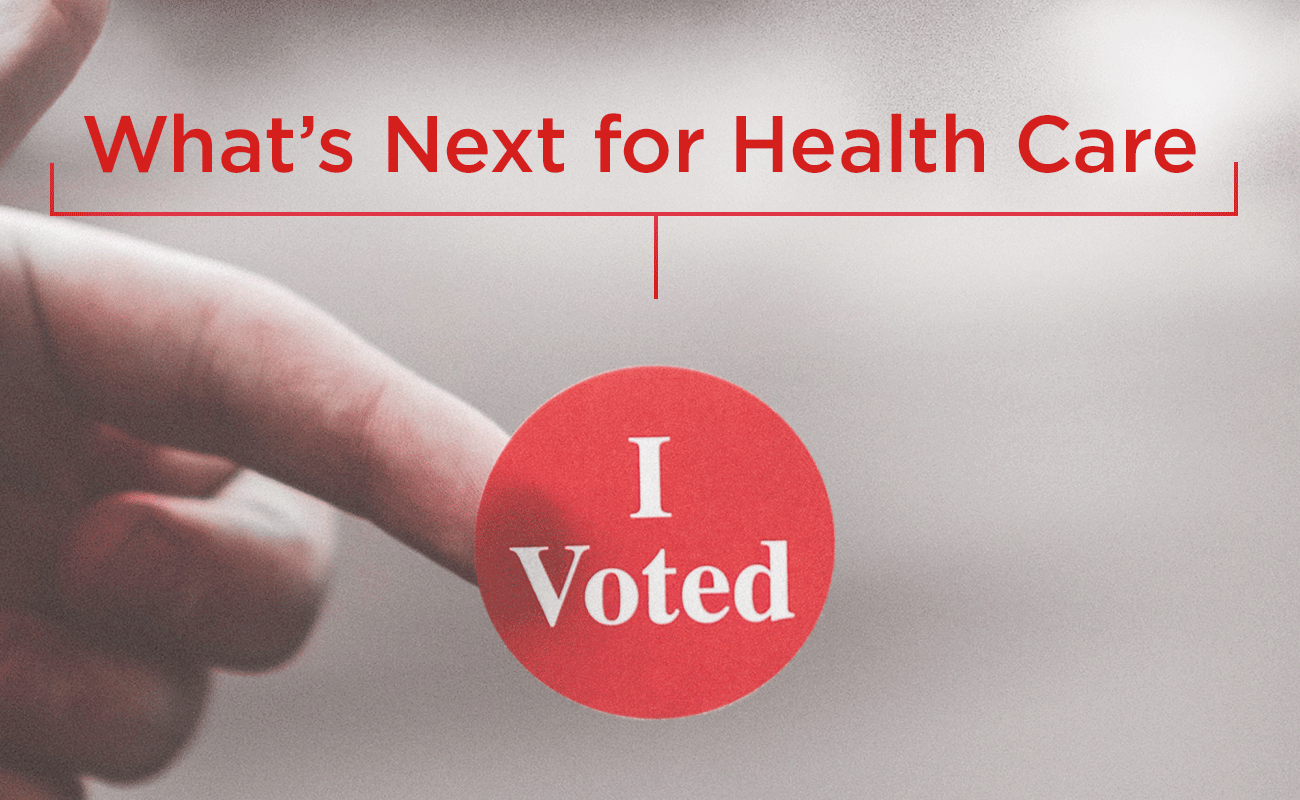Election Aftermath: What’s Next for Health Care?

As the dust begins to settle following one of the most hotly contested midterms in American history, many are now asking – what’s next for health care?
The industry has been under the microscope for more than a decade. With Democrats now in control of every branch of state government, industry leaders are wondering what the party has planned for its newfound power.
The idea of a single payer health care system was a hot topic on the campaign trail. The Democratic-led Assembly has passed the bill five years in a row, knowing it would ultimately be quashed by the Republican-controlled Senate. With Democrats now in control of both houses, it remains to be seen whether they’ll pull the trigger on single payer.
Relationship Status: It’s Complicated
The idea of “free” health care sounds great to many – and made for an even better campaign promise – but the simple act of government taking control does nothing to solve the affordability epidemic. After all, when was the last time government was an efficient and effective purchaser or administrator?
In addition to costing hundreds of billions dollars in additional taxes, slashing physicians’ salaries, and putting the government in charge of something as important as your health, the biggest problem with single payer is that it’s an oversimplified solution to an incredibly complex problem. And as American journalist H.L. Mencken once said, “For every complex problem there is a solution that is concise, clear, simple, and wrong.”
That’s a Big If
Single payer supporters believe the cost of such a system – estimated at $210 billion – would be offset by two factors, the first being administrative efficiencies. Unfortunately, the so-called Empire State is not exactly known for its belt-tightening, but instead, has a history of demanding health plans – like CDPHP – cover ever more benefits, which is fine until you’re (the government) the one picking up the tab.
To make it work, a recent study by RAND Corporation found the government would need to slash physician pay in half, thereby reducing access to care to some of the most vulnerable New Yorkers.
In addition, a new report released by the Manhattan Institute found the adoption of a single payer system in New York would slash hospital payments by 17 percent statewide, leaving many not-for-profit hospitals in financial ruins.
Stop, Collaborate, and Listen
We live in a world where people want quick fixes, but health care is complicated, and the solutions must be thoughtful, void of political bias, and collaborative in spirit.
Come January 1, the Democratic Party will wield immense power in New York. And with that power comes great responsibility. Responsibility to do the right thing.
At CDPHP, I’m proud to say that we consistently do the right thing by our members. Come January 1, I ask our elected officials to do the right thing and say “no” to single payer.
 The Daily Dose
The Daily Dose
Comments are closed.